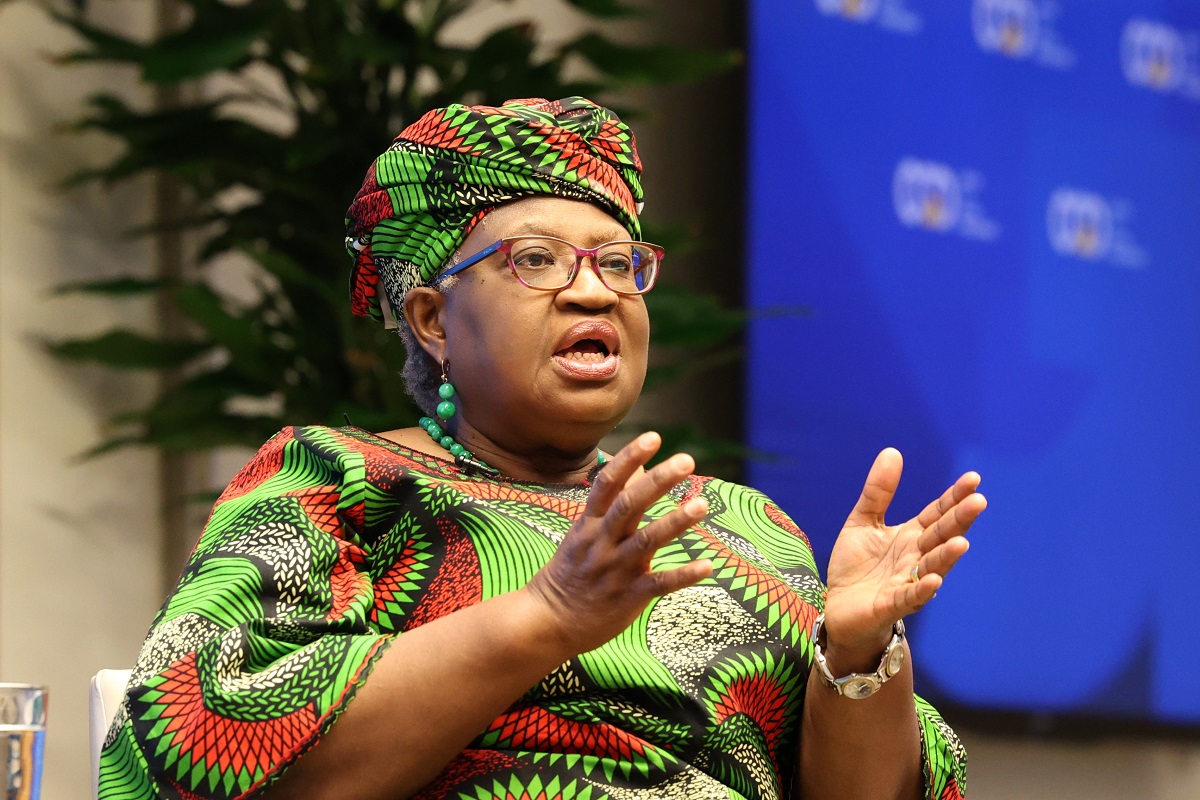While there is no particular reason that U.S. negotiators should make the first move to revive the Doha Round trade negotiations--Washington’s sins are not the greatest nor its offer the weakest--the U.S. should nonetheless lead and put the spotlight back where it belongs--on the E.U. and India. Given the ease with which the U.S. could improve its offer, it is nearly incomprehensible that the Americans chose instead to let the talks collapse in Geneva this past weekend.As shown in the figure, OECD Producer Support Estimates as Percent of Gross Farm Receipts (pdf), adapted from my new book, Delivering on Doha: Farm Trade and the Poor, the United States is by no means the worst offender when it comes to supporting its agricultural producers. As a share of farm receipts, U.S. support is under 20 percent, compared to more than 30 percent for the European Union and 60-70 percent for the Northern European and Northeast Asian members of the Group of 10 (Iceland, Norway, Switzerland, Japan, and Korea). U.S. support gets more attention than most of the highly protectionist G-10 countries because it is higher in absolute dollar terms. But even by this measure, U.S. support is lower than that provided by Japan and far less than that provided by the E.U.The table (pdf) (Elements of Overall Trade-Distorting Support and Implications of U.S. Subsidy Proposal) shows that imposing a $23 billion ceiling on U.S. overall trade-distorting support would have a modest impact on U.S. agricultural support. It would require cuts in the most trade-distorting (so-called “amber box”) subsidies, but it would have little effect on the other, slightly less trade-distorting categories.By comparison, the E.U. proposal would lock in the reforms to its Common Agricultural Policy adopted in recent years but does not appear to require any additional cuts. Its proposal to increase market access, even with recent indications that it could move toward an average 50 percent cut as proposed by Brazil, India, and the Group of 20 developing country exporters, is weak because E.U. negotiators continue to insist on extensive flexibility to depart from the formula for overall cuts. India and other developing countries continue to insist on maximum flexibility to shield their agricultural sectors while also indicating little willingness to cut industrial tariffs. In terms of unwillingness to negotiate seriously, there is plenty of blame to go around.Still, the table also shows that U.S. negotiators could easily have improved the American offer, thereby shifting the spotlight back to the much greater European and Indian failings. The United States could have offered to eliminate the product-specific de minimis category, which it does not use extensively. That would have brought its overall trade-distorting support level to well below $20 billion, and below actual and projected spending for 2005 and 2006, respectively.American failure so far to take this simple step, which involves little if any pain for US farmers, does not bode well for restarting the negotiations in the short run. Cuts in export and other farm subsidies will not begin in 2008, as previously hoped, nor will other trade barriers come down. The least-developed countries will lose hope of gaining duty-free and quota-free access to the U.S. and Japanese markets, and commitments to increase aid for trade are likely to fade away. Key American representatives and senators are calling on U.S. Trade Representative Susan Schwab to turn her attention to bilateral negotiations with Korea, Malaysia, and others, with no regard to the consequences for the poorest countries.The previous round of trade talks nearly ran aground over agricultural subsidies, but was revived. Given an infusion of U.S. leadership, that could still happen in the Doha Round, too. But the delay will have been costly, for U.S. prestige as a global leader and for poor people in the developing world, who suffer most from trade distortions.
CGD blog posts reflect the views of the authors, drawing on prior research and experience in their areas of expertise.
CGD is a nonpartisan, independent organization and does not take institutional positions.





